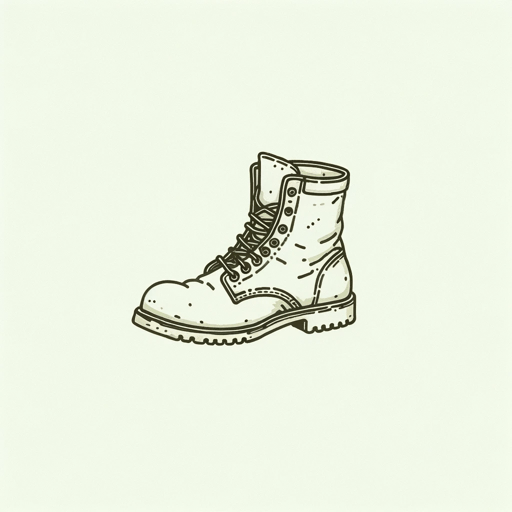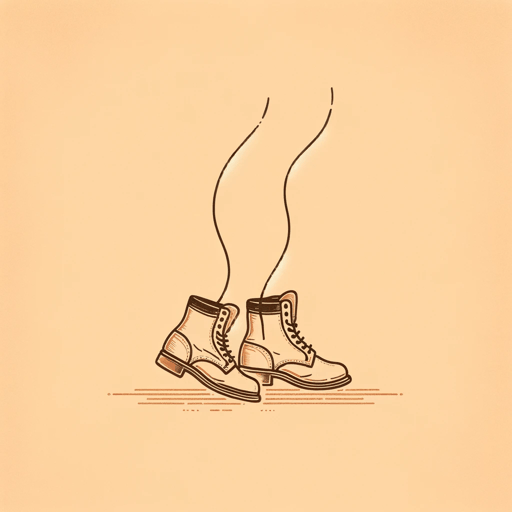18 pages • 36 minutes read
Philip LevineWhat Work Is
Fiction | Poem | Adult | Published in 1991A modern alternative to SparkNotes and CliffsNotes, SuperSummary offers high-quality Study Guides with detailed chapter summaries and analysis of major themes, characters, and more.
Background
Biographical Context
When Philip Levine writes about “What Work Is,” about “miserable night shift[s] / at Cadillac” (Lines 27, 28) and “hours of wasted waiting” (Line 18) in an employment line, he writes from personal experience. Levine styled himself as a poet giving a voice to the American working class, but he did not try to give this voice as an outsider. Instead, Levine was born to working-class parents: his father owned a used auto parts shop while his mother worked as a bookseller. When Levine was fourteen and still a high school student, he was already working night shifts in auto factories. Even after earning his B.A. in 1950, Levine still went back to work for both Chevrolet and Cadillac (like the aforementioned lines in “What Work Is”) as a factory worker.
Despite moving on to a successful literary and academic career, Levine never forgot the working-class world in which he was raised. In fact, Levine’s style and thematic concerns always stayed established in the working-class struggles that preoccupied him as an artist. Levine’s viewpoint kept his poetry grounded and without unnecessary frills, as well as suspicious of mainstream American ideals. While the American imagination of the 1950s and 1960s celebrated the American dream and middle-class mores, Levine’s work continued to foreground the unheard struggles of lower-class workers under the prevailing economic system.
Related Titles
By Philip Levine



